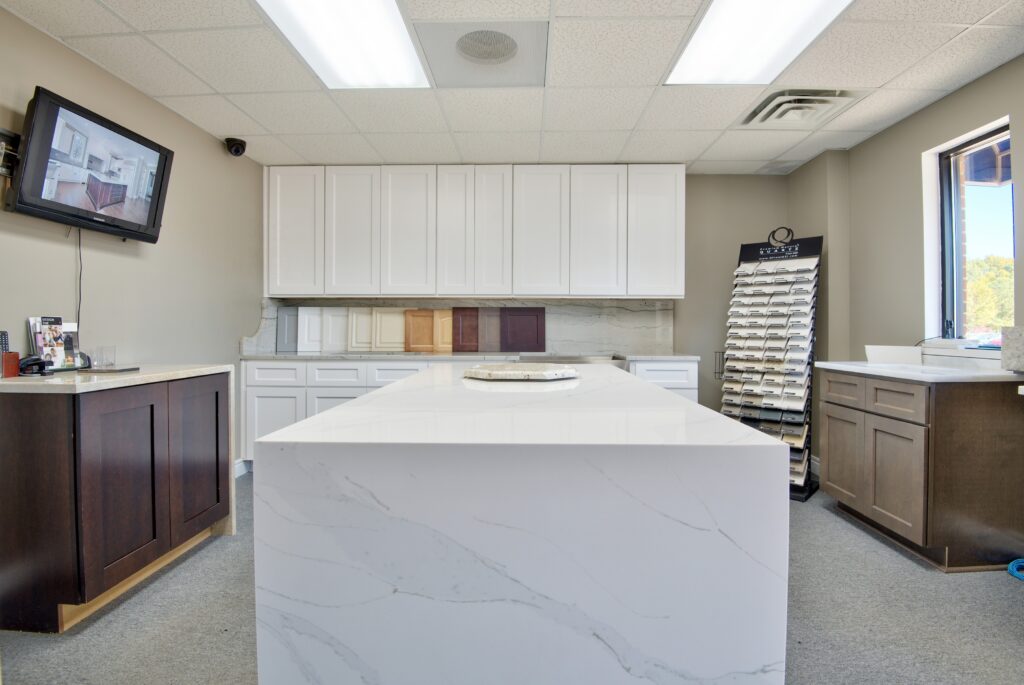
So, you’ve decided to go in for a particular natural stone surface for your next project. Well, congratulations on that. Deciding which material to choose is quite a task and making a decision can immediately deliver some relief.
Enhance the durability of your surfaces by following our expert tips on the best way to seal granite countertops with proper sealing techniques. Your surfaces will thank you!

But the bad news is, there is one more decision that you need to make. What’s that, you ask? Well, you have to choose what kind of finish you want for your chosen natural stone surface. There are generally two options – honed and polished.
In this blog, we’re going to help you make the right decision.
Honed
So, what is a honed finish or “honing”? Well, honing involves grinding the natural stone surface to make it smoother and flatter. However, honing does not create a shiny look. In fact, if you were to opt for honing your granite or marble surfaces, you’d actually end up losing that glossy appearance. You could compare it to the matte finish paint jobs that you see on vehicles these days.
Anyway, there are benefits to having a honed finish. You see, since the surface has an unpolished appearance after honing, it fails to reflect any light. As a result, ridges and bumps become almost invisible, creating a very uniform appearance.
This is why the honed finish is very popular for surfaces that may experience a lot of traffic or stress.
Polished
With a polished finish, you get a glossy appearance, which is great in terms of aesthetics. If you want the color and the texture of your stone to truly come out, a polished finish would be the best option.
Now, stones like granite or marble may already have a layer of sealing on top, which can create the illusion of a glossy look. However, you’ll still need actual polishing to really bring out the characteristics of the stone.
Other Considerations
When it comes to stain resistance, both, honed and polished finishes are great, provided the stone surface has already been sealed. However, in some cases, sealing may not be enough to protect your stone surfaces from stains.
This is when polishing can come in handy. Polishing can help close the natural pores and create a barrier of sorts. This isn’t the case with honed surfaces. Though honing can protect most forms of staining, there is no extra layer of protection here. So, harsh spills can cause stains on a honed surface.
Other than that, consider the reflection of light. Polished surfaces reflect light, making chips and cracks more visible. As stated earlier, that is not the case with honed surfaces. Blemishes are much harder to spot with this particular kind of finish.
